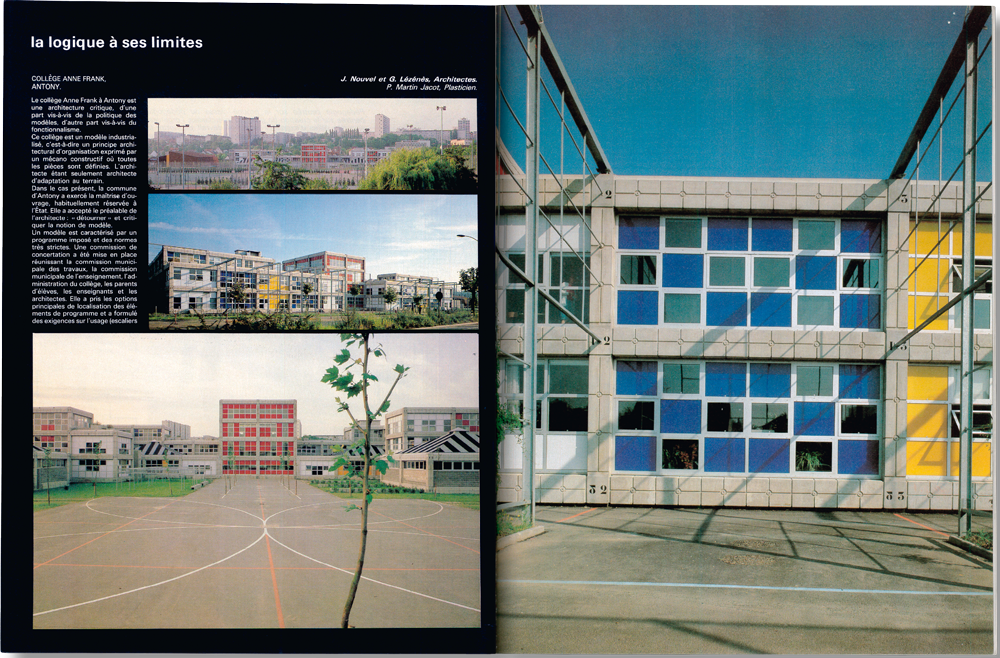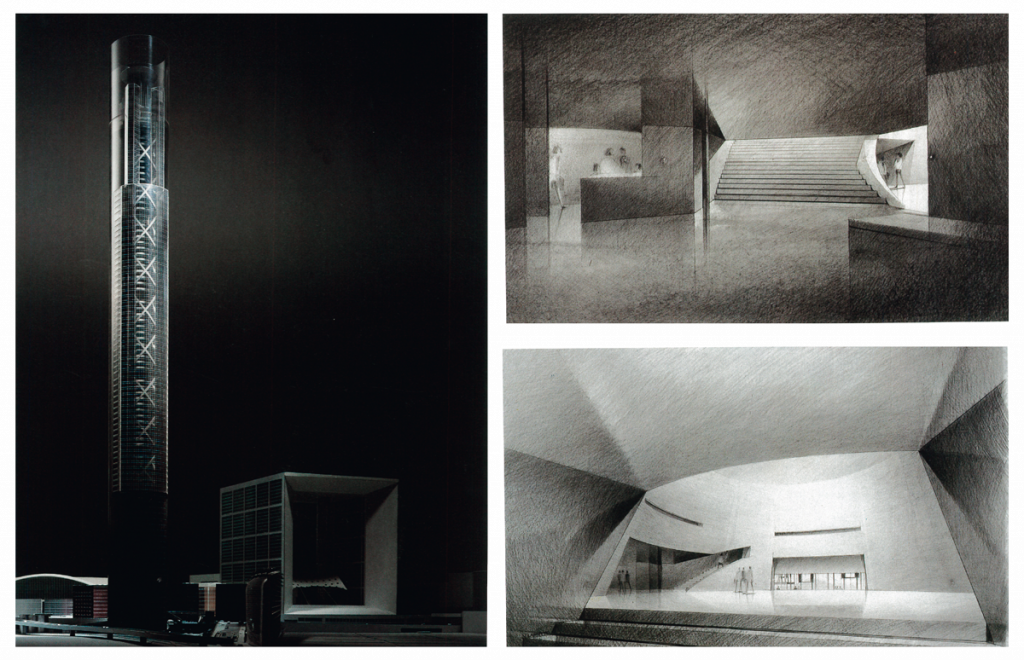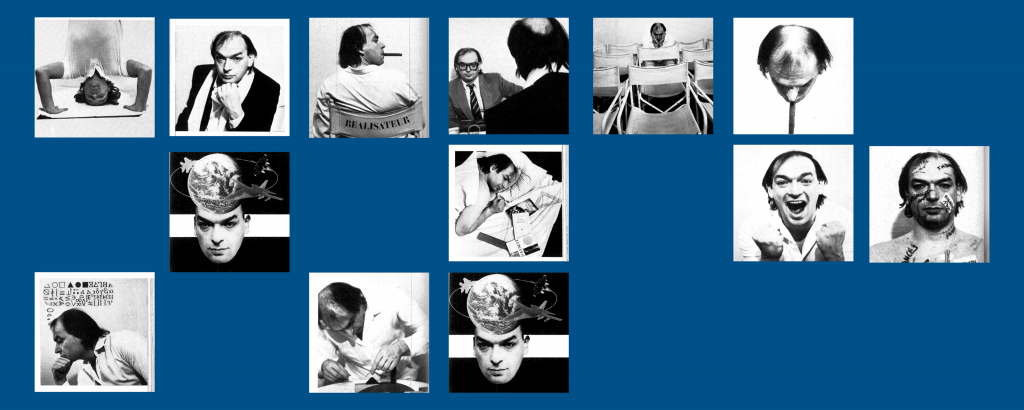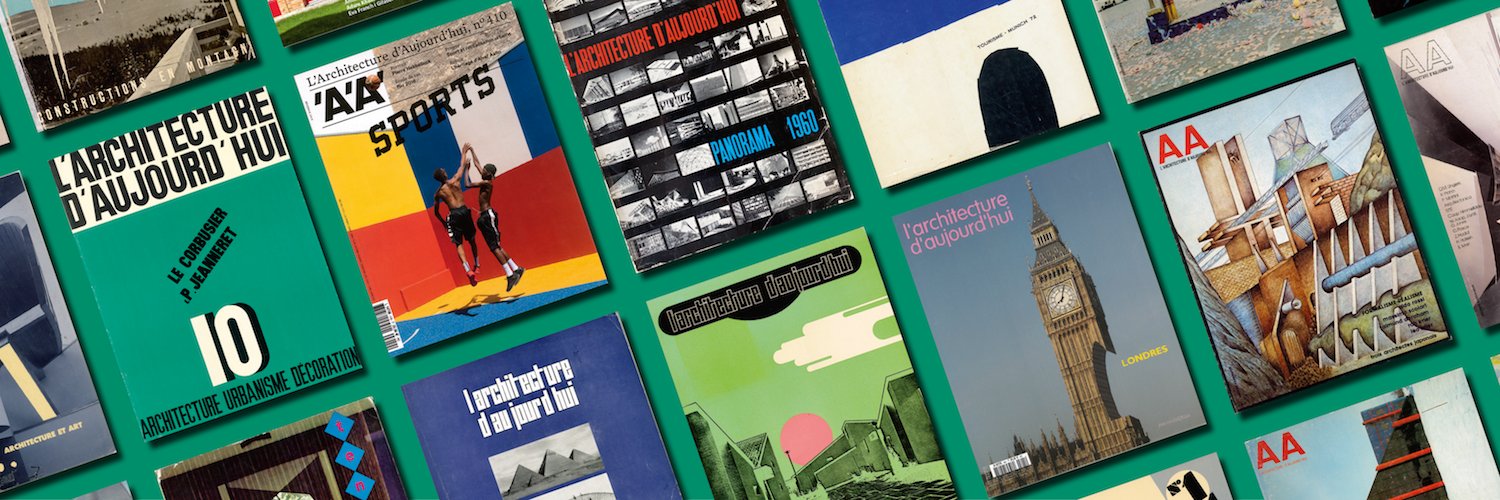Jean Nouvel and Paris
Jean Nouvel is probably the architect with the most buildings to his name in Paris. L’Architecture d’Aujourd’hui has always kept a close eye on the hot‑and-cold relationship between the French architect and his capital.
Read this full article by Jean-Louis Violeau in AA 439, dedicated to the 90th anniversary of the magazine.
Playful and colourful beginnings: the suburbs
“Our story begins in the 1970s, just as postmodernism is making its steady progress through the suburbs before spreading triumphantly across the capital the following decade. The suburb in this particular story is Bezons, where a young Nouvel was asked to design a medical centre. Clad like a railway carriage, its aluminium sheeting gives it a modern and all‑important illusion of health and cleanliness that speaks volumes. The white lacquered interior is filled with dazzling stainless-steel tubes and control rooms reminiscent of a Jacques Tati film. Behind the reassuring façade, though, there is room for doubt. Oddly enough, Nouvel almost never worked in the health sector again. A hard niche to break into, once inside, it is even harder to break out.

The same year, 1980, the architect met André Aubry, the communist mayor of Antony, a southern suburb of Paris, and went on to work with him for many years. André had taken over from the former Unified Socialist Party mayor, Georges Suant. One of his first commissions, the Collège Anne Frank, is a play on architectural orders and composition. In a frontal attack on functionalism, its 3,000 prefabricated panels are ironically numbered, reflecting Nouvel’s use of the rigid building regulations as a pretext to set up a series of decorative, luminous, and intelligent interactions that defy convention. The neon strip lighting and checkerboarding, suspended and truncated false columns, mock classical Diana, and busts on ceilings reflect the clear influence of visual artist Pierre- Martin Jacot, colourist and numberer, whose “1%” consultancy knew no bounds, spatial or stylistic.
The entrance has ground runway markings like the nearby Orly airport. The four-level hall is crossed by footbridges and scored with a large orthogonal grid of bright-red neon lights. At night, the role of the grid is reversed to become a luminous sign that glows like a city screen, and the signage has a roadside quality. Equally remarkable are the upside‑down busts of the fathers of this secular religion, such as Jules Ferry and Ferdinand Buisson, and the fragments of mouldings inlaid between breeze blocks. This is architecture expressing itself, whatever the cost; it criticises, initiates, condemns, and questions, most importantly, the existential framework of a secondary school student. It is a work by a young architect (Jean Nouvel, then 35, had graduated just eight years before) for young people.

In similar vein, a few streets away, on the edge of a small wood, he designed the unjustly ignored “Les Godets” leisure centre in 1984. Here, Nouvel creates a series of shapes in diverse formal vocabularies linked by a translucent glass roof to produce a succession of colourful atmospheres. Like a children’s book, this is architecture writ large.
In 1981, the competition to build 150 residences at the Porte de Bagnolet —which incidentally the agency failed to win, even with François Barré on board— is another of Nouvel’s little-known projects that freely engages with Op Art, intelligently and with popular flair. The architect applies the rough-andready analytical categories of housing sociology to his design, which has “a front and a back, an inside and an outside, a top and a bottom”, hiding and conserving as much as it reveals and represents. Nouvel had long attempted to reshape Bagnolet (rather than extend it) from pieces that were anything but. Despite an acrobatic landing between the arms of the gigantic unfinished intersection, his beetle project submitted as part of a competition for a “popular music hall” in the same area, won by Claude Vasconi in 1983, had already developed a smoother, more cladded aspect, like his plans for the Ministry of Finance at Bercy (1982) and the computer gallery at the La Villette park (1985).”

Paris 19e arrondissement, 1982
© L’Architecture d’Aujourd’hui
_ _ _
YOU CAN READ THE REST OF THIS ARTICLE
BY VISITING OUR ONLINE SHOP.
_ _ _



